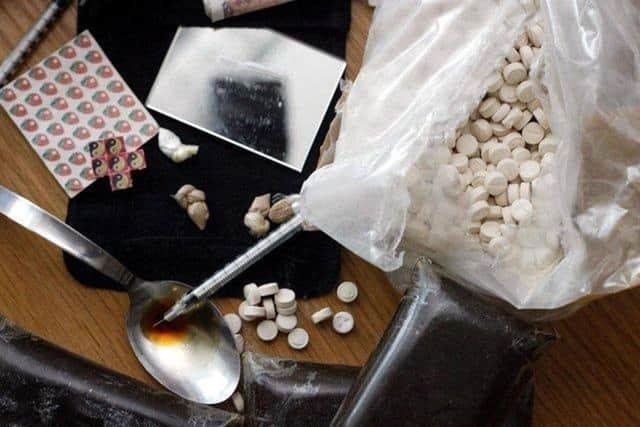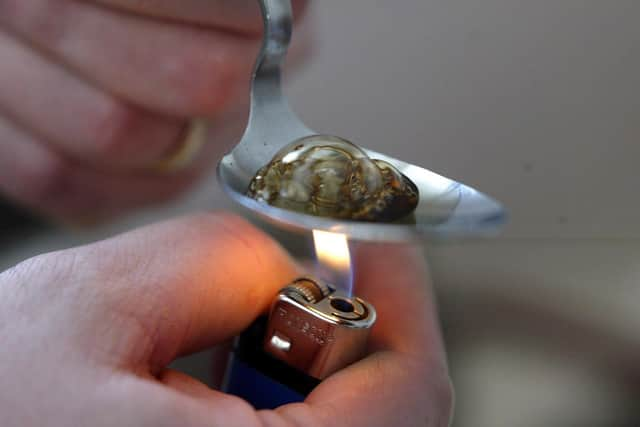Drug deaths Scotland: Why are drug death numbers increasing again?
The stark headline figure is that suspected drug deaths in Scotland rose by nearly 10 per cent last year. But the critical question to answer here is why.
In 2023, Police Scotland reported 1,197 suspected drug deaths – nearly a 10 per cent increase on 2022’s figures, when police reported 1,092 deaths. The deaths still seem to be most common in one demographic – Glaswegian men between the ages of 35 and 54.
Advertisement
Hide AdAdvertisement
Hide AdThe majority of suspected drug deaths were among men (73 per cent), and 66 per cent of the deaths were of people aged between 35 and 54. This is broadly in line with previous periods.


And the police divisions with the greatest number of suspected drug deaths were Greater Glasgow (303), Lanarkshire (147) and Edinburgh City (118).
The decreasing trend we’ve seen in recent years now appears to be reversing:
- 2023: 1,197
- 2022: 1,092
- 2021: 1,295
- 2020: 1,411
- 2019: 1,356
However, these statistics are unlikely to be the whole picture. Police Scotland records the number of suspected drug deaths it attends, which makes it very likely that most, if not all, of these deaths are overdose incidences, given people with drug-related conditions such as AIDS or Hepatitis are likely to die in a hospital.


So, why is it likely that overdoses have increased?
That’s down to two main reasons – polydrug use and new, synthetic drugs. Public Health Scotland’s RADAR team, which provides an ‘early warning’ alert system for drug use trends, conducted post-mortem toxicology reports between July 1 to August 31 last year.
It found opiates and benzodiazepines, which decrease anxiety and slow the central nervous system, were the two most detected drugs. This often came in conjunction with each other, which amplifies the effects of the drugs and suppresses breathing.
There has also been an upward trend in the use of synthetic opioids. First detected in Scotland in mid-2021, nitazenes were implicated in 25 deaths in third third quarter of last year (July to September) alone.
Nitazenes are incredibly potent – often many times the strength of heroin – and are often mis-sold as other drugs or cut into heroin, leading drug users to inadvertently overdose.
Comments
Want to join the conversation? Please or to comment on this article.